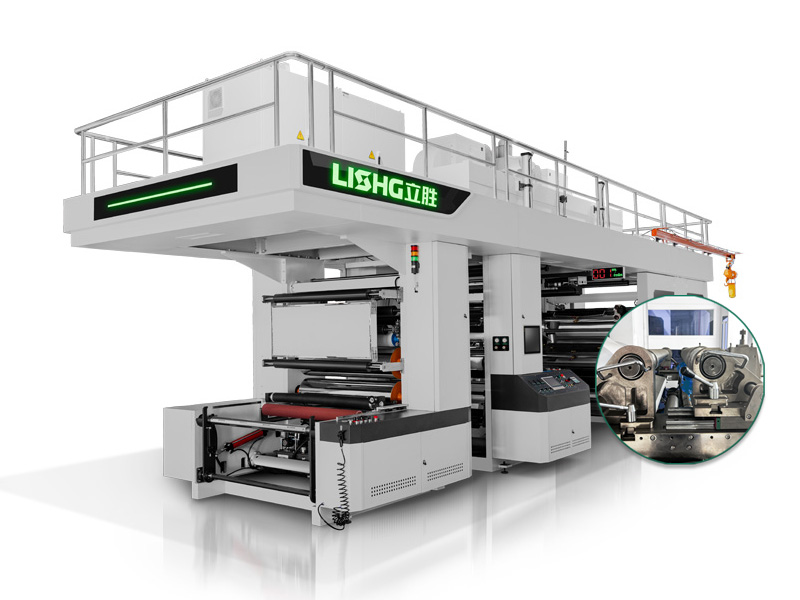
What Is the Difference Between CI Flexo and Flexo?
When diving into the world of flexo printing, you might have come across the term CI flexo. While both are related to flexographic printing, understanding their differences can help you choose the right solution for your business. In this article, we’ll explore what sets CI flexo apart from traditional flexo printing and how it could impact your packaging workflow.
Understanding Flexo Printing
What is Flexo Printing?
Flexographic printing, or flexo, is a popular method for printing on various substrates such as plastic, paper, and foil. Its ability to print high volumes quickly makes it ideal for packaging. Essentially, it uses a flexible relief plate to transfer ink onto the substrate.
Key Points:
- Versatile for different substrates
- High-speed production
- Cost-effective for medium to large runs
- Uses quick-drying inks
- Ideal for labels and packaging
Case Example:
Imagine you’re printing food packaging in bulk. Flexo can handle hundreds of meters per minute, keeping your production efficient and consistent. Brands like LISHG have optimized this process for precision and reliability.
CI Flexo: What Makes It Unique?
What is CI Flexo Printing?
CI flexo, or Central Impression flexography, is an advanced form of flexo printing where the substrate is wrapped around a single central cylinder. All the colors are printed in sequence as the material rotates around this cylinder. This ensures precise color registration and better print quality.
Key Points:
- Central Impression cylinder for all colors
- Superior color registration
- Consistent tension control
- High-quality graphics
- Efficient for complex designs
Case Example:
For premium labels with intricate designs, CI flexo ensures every color aligns perfectly. LISHG’s CI Flexo Printing Machine demonstrates how this technology elevates packaging quality.
Flexo vs CI Flexo: Main Differences
| Feature | Traditional Flexo | CI Flexo |
|---|---|---|
| Cylinder Setup | Multiple plates and cylinders | Single central impression cylinder |
| Color Registration | Moderate | High precision |
| Substrate Tension | Variable | Consistent |
| Print Quality | Good | Excellent |
| Suitable Applications | General packaging, labels | Premium labels, complex designs |
| Production Speed | High | Moderate to high |
Insight:
Notice how CI flexo focuses on quality and consistency, whereas traditional flexo leans toward speed and versatility. Depending on your packaging needs, one might be better suited than the other.
Advantages of CI Flexo
Why Choose CI Flexo?
- Reduced misregistration issues
- Superior print quality on complex graphics
- Handles sensitive substrates effectively
- Minimized waste and material usage
- Streamlined color changes
Real-World Example:
A beverage company needed high-resolution labels with metallic inks. CI flexo ensured perfect alignment and minimal waste, boosting both aesthetics and efficiency.
Advantages of Traditional Flexo
Why Flexo Still Matters
- Lower setup costs
- High-speed production for simpler designs
- Flexible substrate compatibility
- Easy maintenance and operation
- Ideal for short to medium runs
Example:
A snack food manufacturer printing bulk packaging benefited from traditional flexo’s speed and cost-efficiency, making it ideal for high-volume runs.
Selecting the Right Solution
Choosing between CI flexo and traditional flexo depends on your priorities:
- Need premium quality and intricate designs? Go CI flexo.
- Looking for speed and cost-effectiveness for standard packaging? Traditional flexo may be sufficient.
It’s worth consulting with suppliers like LISHG to understand how each option aligns with your production goals.
Conclusion
Understanding the differences between CI flexo and flexo can significantly impact your packaging decisions. While traditional flexo offers speed and versatility, CI flexo delivers precision and high-quality results. Evaluate your production needs carefully and consider your brand’s quality expectations. Explore machines like the LISHG CI Flexo Printing Machine to make an informed choice and elevate your packaging game.
FAQs
1. What types of materials can CI flexo handle?
CI flexo can print on plastics, paper, foils, and other sensitive substrates requiring precise color alignment.
2. Is CI flexo more expensive than traditional flexo?
Yes, the initial investment is higher due to advanced machinery and setup, but it can reduce waste and improve print quality.
3. Can traditional flexo achieve CI flexo quality?
Traditional flexo can produce good quality but may struggle with perfect color registration on complex designs.
4. What is the ideal production volume for CI flexo?
CI flexo is ideal for medium to high-volume production where quality and color precision are critical.
5. Where can I see CI flexo machines in action?
Suppliers like LISHG showcase CI flexo machines and provide case studies demonstrating real-world applications.




